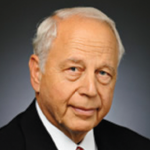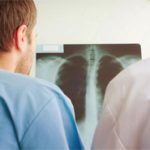Dr. Anne Woods, a co-author and palliative care physician, told Reuters Health that the project’s strength was in making the dying visible.
“It let them be seen as people, not as patients,” she said. “The family knew they were seen, and the patients who were alert knew they were seen as people, and that they mattered.”
In fact, solicitation of patient wishes was rare. Due to impaired consciousness, 33 of 40 dying patients could not express desires. Family members requested wishes for them.
Because of this, and because there wasn’t a comparison group of patients and families who didn’t make wishes, the project is “worthwhile” but “proves little,” said bioethicist Craig Klugman, chair of DePaul University’s Department of Health Sciences in Chicago.
“They conclude that this does something for the dying person, but in fact, of 40 dying people, only seven were able to speak,” Klugman told Reuters Health. “It’s impossible to claim any benefit for patients.”
But Patrick Cullinan, medical director of critical care services at Metropolitan Methodist Hospital in San Antonio, Texas, feels that any intervention that allows families to feel cared for is valuable.
“It’s giving a face to a faceless process,” Cullinan, who was not involved in the study, told Reuters Health. “The patient is being told indirectly that we care about you, we care about your loved one and we want to help you with the grieving process.”
Perhaps the project’s best result is the recognition by ICU staff that they can offer meaningful gestures at any time.
“They now know to ask ‘What can I do for you?’ and ‘What could make this a good day?’ and they do that,” Woods said. “There’s never a time when someone can say now ‘There is nothing more I can do for you.’ There is always something more for you to do.”
Funding for the Three Wishes Project came from the Hamilton Academy of Health Science Research Organization, the Hamilton Chapter of the Canadian Intensive Care Foundation, the Canadian Tire Foundation (Hamilton Branch), several physicians and from some of the relatives, friends and colleagues of the patients.


